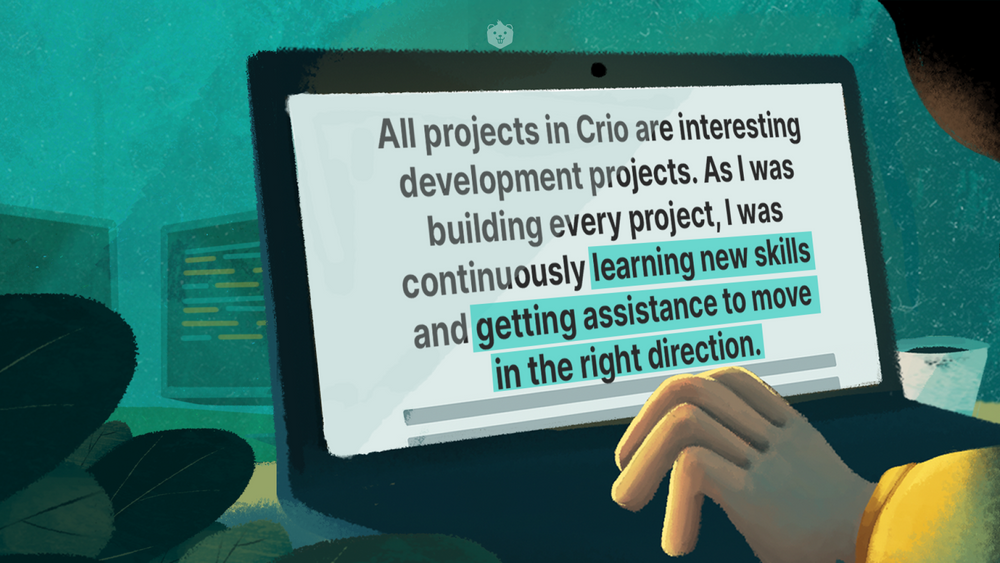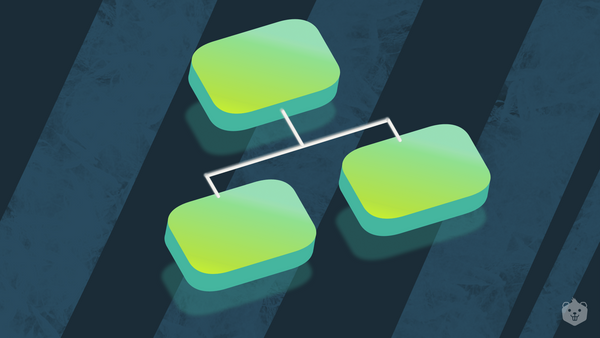Since my college days, I have been fascinated by software/web utilities created by large tech giants like Swiggy, Uber, Amazon, etc. Always wondered how things work in the background of these apps that make our lives much easier today.
I had set my mind to grow my skills and work for a company that builds such tech products to solve user needs.
When I visited Crio’s website and saw the stories shared by their grads, I was excited to experience their learning methodology for myself.
I enrolled myself for the 7-day free trial to be sure of my decision before going ahead.
Enroll yourself in Crio's 7-day free trial and experience the learning for yourself
Crio’s Free Trial
In the 7 days, I learned a lot about REST APIs, HTTP, Linux, Cloud Deployment. I realized that Crio focuses completely on learning and pushes its learners to explore the skills on their own. They of course provide the direction for us to make sure that we are on the right path. But the real learning happens when we learn and apply the skills on our own.
Find out how you gain hands-on experience in REST API, HTTP, Linux, Cloud Deployment in just 7 days
This way of learning gave me the confidence to join Crio’s Backend Development Program. If I could gain so much knowledge and understand the skills better in just 1 week, I was sure that the whole program would be much more insightful and interesting.
Crio Backend Development Program
Before starting my backend development journey, I spent about 3 weeks strengthening my fundamentals of REST API, Git, and Java programming.
I started my backend development journey by building a stock visualizer application.
In this project, I learned how to handle JSON-formatted data using a standard Java library called Jackson.
The next part of it was to get familiar with Spring REST Template to make REST API calls and fetch financial data from a 3rd party tool.
I learned how to refactor my code like how it’s done in real-world scenarios and took care of all edge cases by writing various unit tests for them.
In addition to that, I learned important skills like Gradle and exception handling that are important skills to have as a backend developer.
I also got to build a food-ordering app like Swiggy (QEats). This project gave me a good understanding of Spring Boot, Java, MongoDB, Redis, Low-level design concepts, Scientific debugging.
Check out the real-world projects you get to build in Crio's Backend Developer Program
Along with this, I prepared for coding rounds via Geektrust and Leetcode.
My interview preparation consisted of coding questions covering widely used data structures, CS, and OOP concepts.
When I was ready to start applying for jobs, Crio reviewed my resume and gave me extensive feedback to get my resume noticed by recruiters.
I started appearing for interviews in various companies. The interview preparation helped me a lot here as it was similar to the interview process of generally all companies.
Interviewers were impressed with my Crio projects and I was able to answer all their questions because I did the projects myself.
My Learning Experience with Crio
All projects in Crio are interesting development projects. As I was building every project, I was continuously learning new skills and getting assistance to move in the right direction.
The fact that I was getting the chance to add impressive projects to my portfolio kept motivating me to complete the program.
Download list of 20+ free & noteworthy projects you can add to your resume
They start from the very basics and move steadily towards the more advanced concepts.
All projects are divided into modules and each module requires you to complete a task to learn a particular skill. The module begins with an overview of the task and then you deep dive into the concept by learning from the reference links provided.
Only after that, you start solving the tasks by applying the learnings from the links provided.
If you feel stuck at any point, you can reach out to the Teaching Assistants (TAs) who will help you with hints that will point you in the right direction. They don’t provide direct solutions. You are expected to find the solution on your own.
Once you complete the task, you submit your code for assessment. If you pass the assessment, you get to move on to the next module.
This assessment report is like an assurance that you are moving in the right direction with your project. If you didn’t pass, the report helps you understand what is expected and you can modify your approach to resubmit your code till you pass it.
Final thoughts
The biggest takeaway from my learning experience was that one can gain skills by practicing and consistency is key.
If you join Crio, you will get an industrial-like experience that will help grow in your next or present organization. Even the skills like debugging, writing neat and modular code, and adhering to good coding practice will help you in the long run.
Find out from Crio Grads how their career changed after learning with us.










